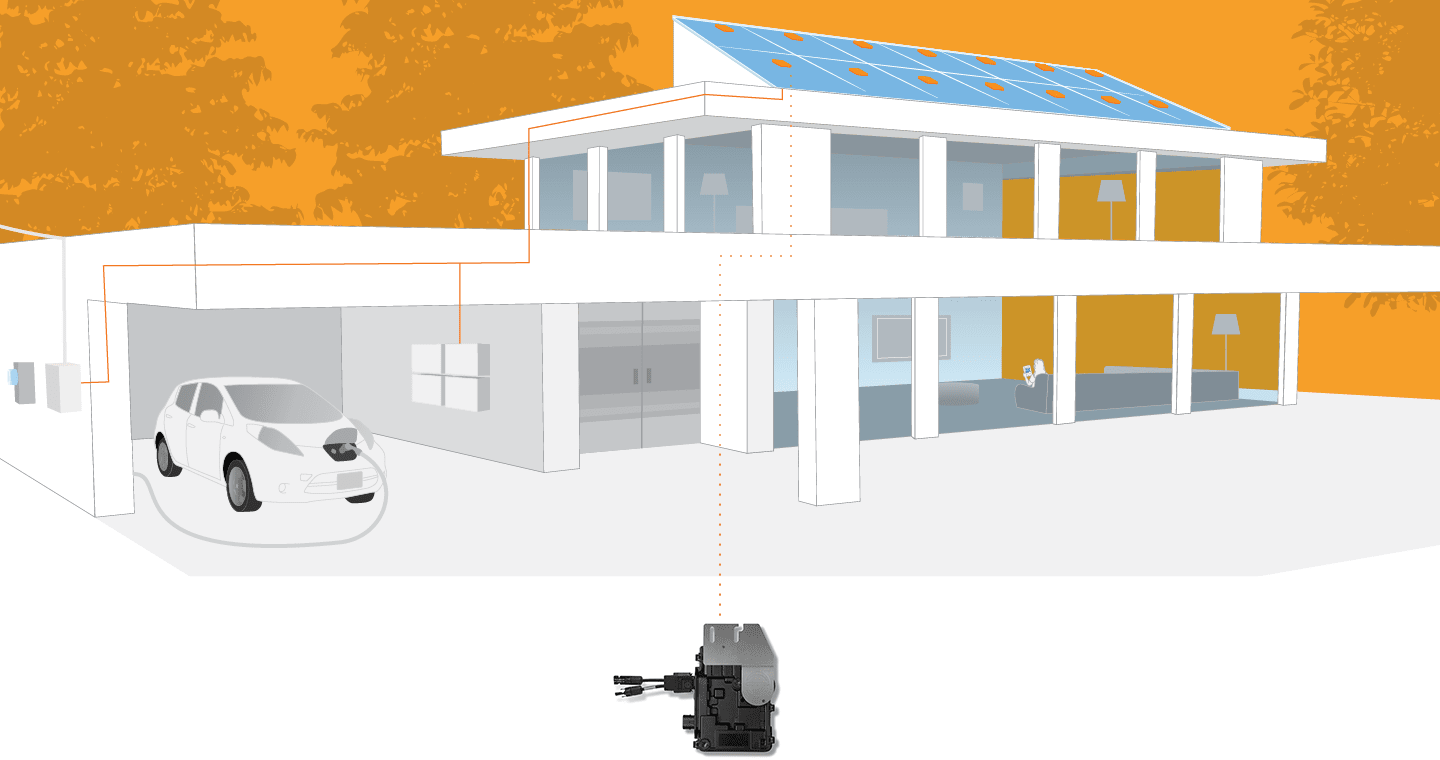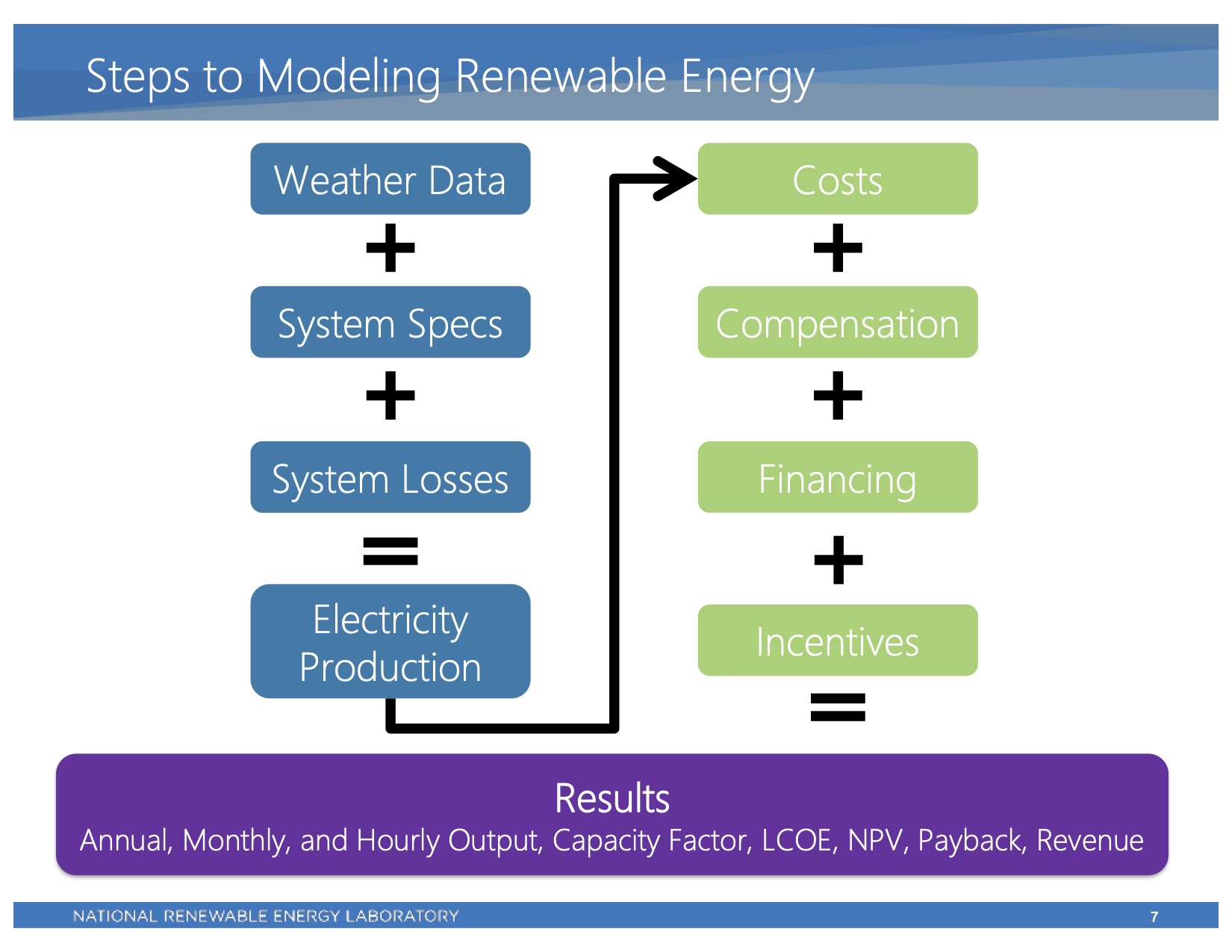
When it comes to optimizing a customer’s financial and resource-related savings, understanding and implementing solar panel efficiency measures can be the difference between your solar business thriving or falling short. Today, we’re outlining the most effective strategies used by experts to maximize efficiency and help your customers take full advantage of all that solar panel technology has to offer.
Choosing Efficient Products
As panels have improved over the years, particularly in the past decade, a more uniform standard of rating range and overall efficiency has developed. However, there will always be discrepancies among the conversion rates of different models and brands. Our professionals at Greentech Renewables are here to help you personally understand which brands are most appropriate for your projects. In general, as far as efficiency goes, some of the highest-rated module brands include LG Solar, Jinko Solar, and Q CELLS.
Beyond module brand selection, another important factor in maximizing a system’s efficiency lies in the choice to utilize a microinverter or power optimizer. Microinverters serve to maximize output per panel by collecting power generated by the module and converting it into AC energy. Installing a high-quality microinverter, like that of Enphase, will not only enable your system to take full advantage of its energy harvesting potential, but it will also lessen the likelihood of necessary repairs and maintenance costs as they tend to last upwards of 20+ years (the Enphase IQ-Series Microinverter has a 25 year warranty). Power Optimizers, a DC to DC converter, can help you maximize efficiency through maximum power point tracking (MPPT). MPPT allows for easy monitoring of panel performance and can allow the system to operate at its top capabilities even when there is increased shading or environmental factors. Solaredge is one of the top manufacturers in Power Optimizers, their line of Power Optimizers also comes with a 25 year warranty.

Strategic Shading and Tilt Design
Planning for strategic shading is also a huge aspect of designing for system efficiency. External circumstances such as shading from trees, landscape features, bird droppings, or chimneys can inhibit a section of a solar system from performing at full capacity. Visualization tools such as Aurora Solar, BlueSol, or HelioScope can help you draw and scale a solar array to take into account all shading factors. This article on 2020 Solar Design Software Options walks through the evolving technology available to help you fully understand the crucial process of planning for efficiency.
Additionally, maximizing the net energy output of your customer’s system will largely involve careful tilt angle considerations. Depending on the location of your installation, optimized tilt calculations may differ. Use our guide on Solar Array Tilt Angle and Energy Output to learn more about best practices regarding tilt. NREL’s SAM software is another helpful tool that allows solar professionals to take necessary factors into account such as latitude, shading, and annual production levels, to find the optimal array tilt angle.

Spacing and Maintenance
When it comes to spacing, the most important factors to consider in prioritizing efficiency will differ between a ground mount or roof mount system. Either way, over or under compensating on spacing can lead to loss of potential kW. Particular spacing challenges of ground-mount arrays include property boundaries, terrain, soil properties, or potential electrical and permitting issues. To better understand your project’s spacing potential, you can refer to the calculations in our Determining Module Inter-Row Spacing article to explore inter-row spacing optimization or read more about angle specificities and how it relates to spacing in our piece on Calculating Your Optimal Azimuth Angle.
Setbacks required by the International Building Code (IBC) or varying local codes for PV systems can also affect spacing. Setbacks and fire lanes are roofing requirements created to allow firefighters full access to one’s roof in case house fires or gas leaks require emergency ventilation. According to Solar Power World, “the latest International Codes (I-Codes) have officially relaxed the requirements. Now most residential projects only require an 18-in. ridge setback and a single pathway up each roof surface. These new ‘modified setbacks and pathways’ went into effect in California in July 2018, and solar installers rejoiced in the ability to reclaim valuable space for larger PV systems”. These changes in setback constrictions can enable more powerful and efficient PV systems to thrive.
Finally, proper system maintenance is crucial to maximizing its efficiency. In colder regions, consistent thick layers of snow will block out a modules’ ability to produce. While tilted panels will regain production function with thawing or wind removing heavy snowfall, ensure that you and your customers understand Snow and Solar Panels Best Practices to determine a maintenance plan. Remember that while available sun hours are at their lowest in winter, the reflective conditions resulting from an abundance of snow can allow for significant energy harvesting.
Our solar experts at Greentech Renewables are always available to discuss how we can help you reimagine your business and optimize efficiency across all your projects. Contact us today if you are interested in propelling your PV installations to the next level!